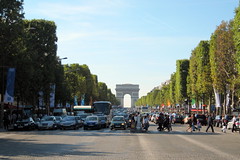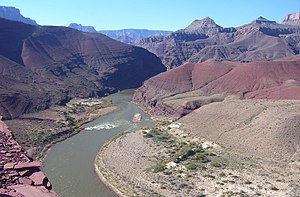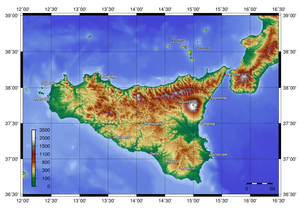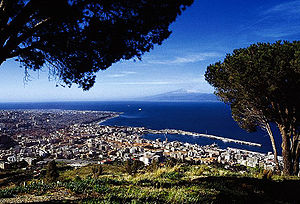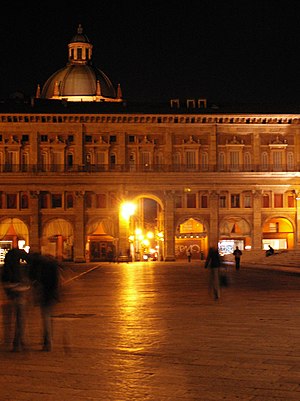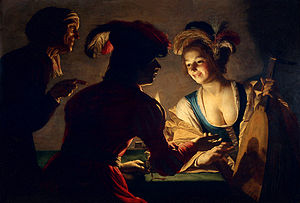 Image via Wikipedia
Image via WikipediaWith several weeks of summer still left there are still plenty of vacation spots to enjoy. If you're tired of the same-old-same-old you just might want to pack your family into your car, stuff your trunk with a few changes of clothes, and hit the road in search of some weird vacation spots.
Here are a few places along the way that you might want to stop off at.
The first is MOBA - The Museum of Bad Art - which is located in Dedham Massachusetts. You can find it in the basement of a movie theatre, right near the men's room.
The concept behind the museum is simple. According to Michael Frank, its curator-in-chief, in order for art to be accepted "it must have been created by someone who was seriously attempting to make an artistic statement—one that has gone horribly awry in either its concept or execution."
Each of the pieces of bad art that's on display was either pulled from the trash or cost less than $6.50.
MOBA was founded in 1994 and is dedicated to bad art. Their goal is to bring the worst art to the widest audience. Although their collection includes almost 500 pieces of truly bad art they only have enough space to exhibit between 50 and 70 pieces at a time.
Some of the worst pieces include "Lucy in the Field with Flowers," "Madonna and Child III," and "Sunday On the Pot with George."
If you're closer to Illinois you may want to stop off in Colliinsville in order to view the world's largest catsup bottle. Back in 1949 the people who made Brooks' Original Catsup wanted to advertise their product so they built a hundred and seventy foot tall water tower in the shape of a catsup bottle.
Although both the plant that manufactured the catsup and the brand are long gone the old tower still remains. And in 1995 it was restored to look as it did in its heyday.
Next, if you want to see how much garbage the average consumer creates every year then why not head over to Stratford, Connecticut, to the Museum of Garbage? While there you'll find a Trash-o-sauarus. It is a twenty foot sculpture of a dinosaur which is made out of a ton of garbage.
If this is of interest to you then you'd better hurry because the museum may close due to the lack of funding.
Now, on the other hand, a lot of people would rather just take a vacation away from work and relax with their family and friends in their own backyards. You know - the type of vacation where you can just kick back and have a barbecue, sip your favorite beverage, listen to good music, and enjoy enlightening conversations.
----------------------------------------------------
And to make it even more comfortable many like to decorate their backyards with Oxford Garden Outdoor Furniture. Go to => http://www.adirondackauthority.com/oxford-garden.html where you will find a wide selection at great prices.

